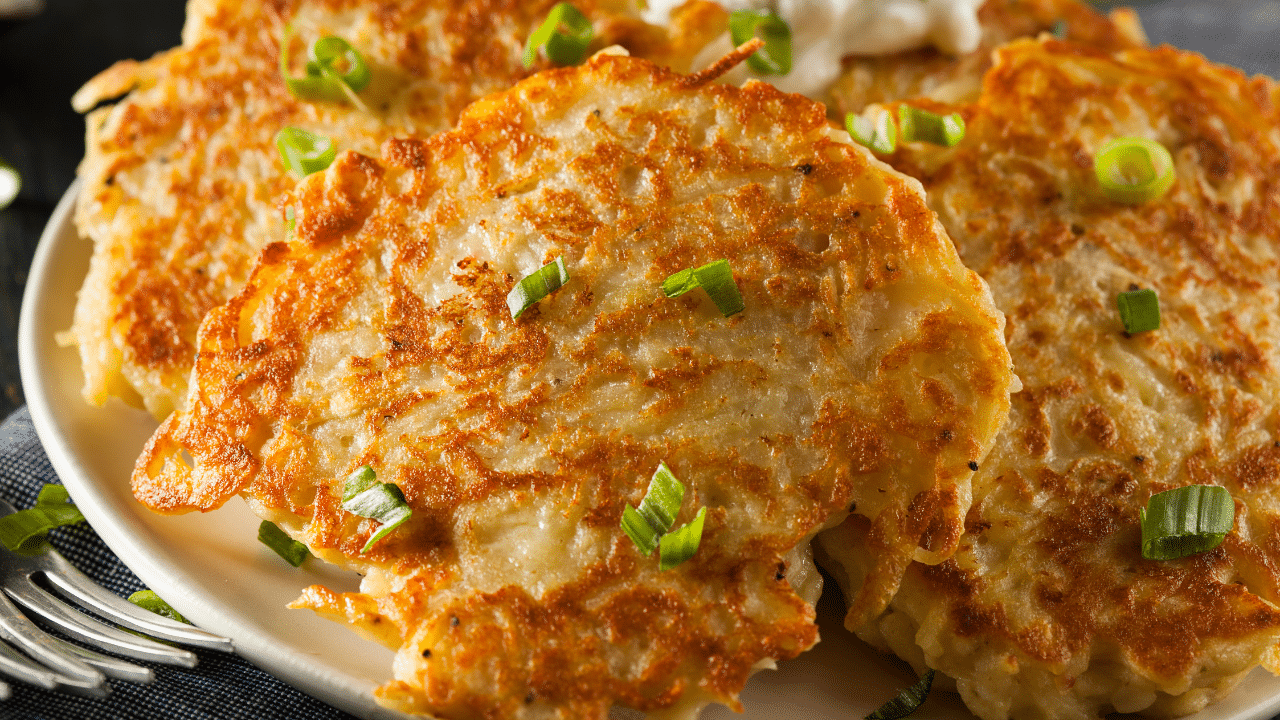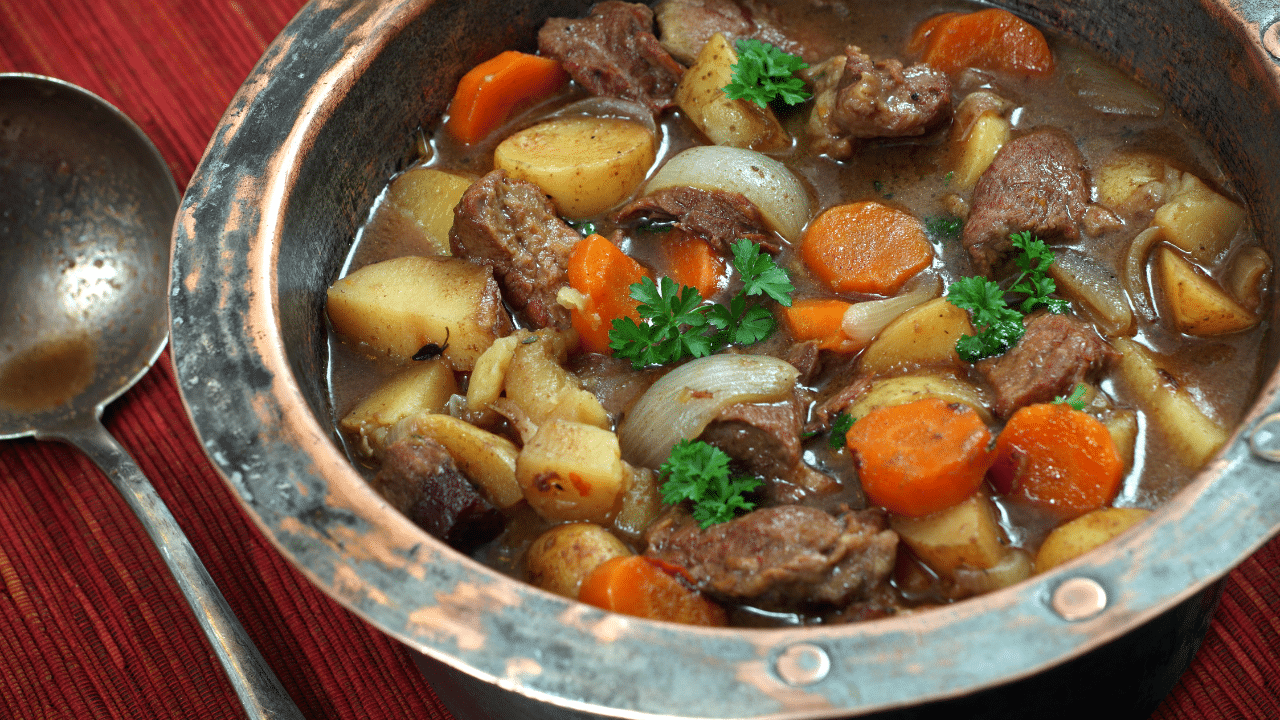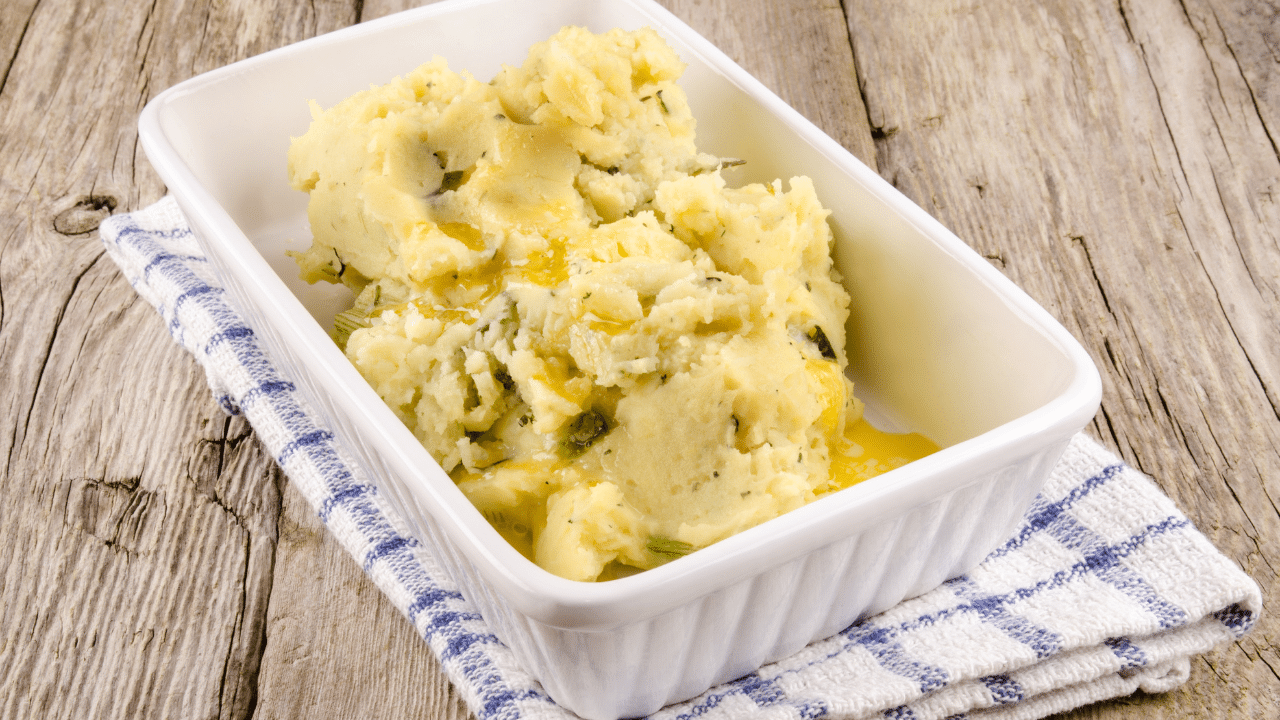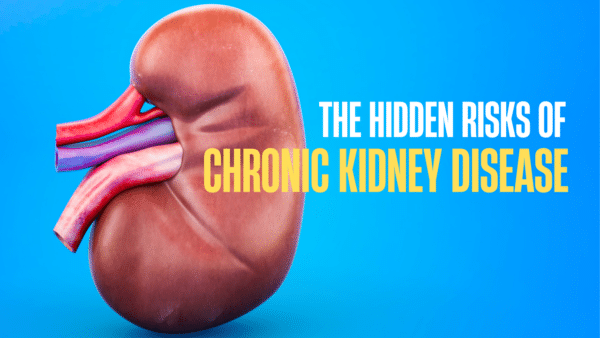Introduction
Every year on March 17th, people from around the world come together to celebrate St. Patrick’s Day, an occasion that honors the patron saint of Ireland and embraces the country’s rich culture and traditions. Among the many symbols and customs associated with this festive day, potatoes hold a special place in the hearts of the Irish people. These humble tubers have long been a dietary staple in Ireland, providing a reliable and affordable source of nutrition. But beyond their cultural significance, how healthy are potatoes for you, and what role do they play in the context of St. Patrick’s Day?
In this comprehensive article, we will examine the nutritional value of potatoes, evaluate their health benefits, and discuss their connection to the celebration of St. Patrick’s Day. We will also explore the fascinating history of potatoes in Ireland and highlight some traditional potato-based dishes that are commonly enjoyed during this beloved holiday. So, join us on a journey through the world of potatoes as we uncover their true value and celebrate their place in Irish culture and St. Patrick’s Day festivities.
The Nutritional Value of Potatoes
Potatoes have long been a dietary staple in many cultures, yet they are often underestimated as a source of nutrition. However, these versatile tubers are packed with essential nutrients that make them a valuable addition to a balanced diet. Let’s take a closer look at the nutritional value of potatoes.
Macronutrients
Potatoes are primarily composed of carbohydrates, with a moderate amount of protein and a low-fat content. A medium-sized potato (approximately 150 grams) contains:
- 110 calories
- 26 grams of carbohydrates
- 3 grams of protein
- Less than 1 gram of fat
The carbohydrate content in potatoes provides the body with energy, while the protein content contributes to the growth and maintenance of muscles and tissues. The low-fat content of potatoes makes them a good option for those looking to maintain a healthy weight, as long as they are prepared without excessive amounts of oil or butter.
Vitamins and Minerals
Potatoes are a rich source of various vitamins and minerals that play essential roles in maintaining good health. Some of these include:
- Vitamin C: Important for immune function, skin health, and iron absorption. A medium-sized potato contains around 15% of the recommended daily intake of vitamin C.
- Vitamin B6: Plays a crucial role in brain function, energy metabolism, and the production of red blood cells. Potatoes provide approximately 10% of the recommended daily intake of vitamin B6.
- Potassium: Helps regulate fluid balance, muscle contractions, and nerve signals. Potatoes are an excellent source of potassium, with a single medium-sized potato offering around 20% of the recommended daily intake.
- Magnesium: Supports muscle and nerve function, blood sugar control, and blood pressure regulation. A medium-sized potato contains about 6% of the recommended daily intake of magnesium.
- Iron: Necessary for red blood cell production and oxygen transportation. A medium-sized potato provides approximately 4% of the recommended daily intake of iron.
Fiber Content
Potatoes are a good source of dietary fiber, particularly when consumed with their skin on. A medium-sized potato provides about 3 grams of fiber, which aids in digestion, helps maintain a healthy gut, and can lower cholesterol levels.
Glycemic Index and Impact on Blood Sugar
The glycemic index (GI) of a food indicates how rapidly it raises blood sugar levels. Potatoes have a high GI, meaning they can cause a rapid rise in blood sugar. However, the impact of potatoes on blood sugar levels can be moderated by pairing them with other low-GI foods, like leafy greens or lean proteins.
Are you concerned about your blood sugar levels? Click Here to get tested. No doctor’s order is needed.
Comparison to Other Vegetables
While potatoes may not be as nutrient-dense as some other vegetables (such as leafy greens or cruciferous vegetables), they still provide a significant amount of essential nutrients. When prepared healthily and consumed in moderation, potatoes can be a valuable part of a balanced diet. Their affordability and versatility make them a popular choice for individuals and families seeking to maintain a healthy lifestyle while sticking to a budget.
Are Potatoes Healthy for You?
The answer to this question depends on the individual and the way the potatoes are prepared. When consumed in moderation and prepared healthily, potatoes can offer numerous health benefits. However, excessive consumption or unhealthy preparation methods can negate these benefits.
The Health Benefits of Potatoes
- Potatoes are a good source of energy, providing carbohydrates that the body can quickly convert into fuel.
- They contain essential vitamins and minerals that support various bodily functions, including immune function, brain function, and blood pressure regulation.
- The dietary fiber in potatoes aids digestion and helps maintain a healthy gut.
- Potassium-rich potatoes can help balance sodium levels in the body and may contribute to lowering blood pressure.
The Downside: How Overconsumption and Preparation Methods Can Negate Their Health Benefits
- Consuming excessive amounts of potatoes can lead to weight gain, as the body converts excess carbohydrates into fat.
- Potatoes have a high glycemic index, which can cause a rapid rise in blood sugar levels. This can be especially problematic for individuals with diabetes or those trying to manage their blood sugar.
- The way potatoes are prepared can significantly impact their nutritional value. Deep-frying or smothering them in high-fat ingredients like butter or cream can negate their health benefits.
Tips for Incorporating Potatoes into a Healthy Diet
- Choose healthy cooking methods, such as boiling, baking, or roasting, instead of deep-frying.
- Limit the use of high-fat ingredients, such as butter, cream, or cheese, when preparing potatoes.
- Pair potatoes with other nutrient-dense vegetables, lean proteins, and healthy fats to create a well-rounded meal.
- Keep portion sizes in check, and avoid consuming excessive amounts of potatoes.
- Leave the skin on when consuming potatoes, as it provides additional fiber and nutrients.
St. Patrick’s Day, Ireland, and Potatoes: A Historical Connection
Potatoes have been an integral part of Irish history and culture, making them a key component in the celebration of St. Patrick’s Day. Let’s explore the historical connection between this festive holiday, Ireland, and potatoes.
The Arrival of Potatoes in Ireland
Potatoes were first introduced to Ireland in the late 16th century after being brought over from the Americas. They quickly became a staple crop in the Irish diet due to their ability to grow well in the country’s climate and soil conditions. The potato’s high yield and nutritional value made it an affordable and reliable food source for the growing Irish population.
The Great Famine and the Impact on Irish History
In the mid-19th century, Ireland experienced the Great Famine, a devastating period of mass starvation and disease caused by a potato blight that destroyed the majority of the country’s potato crops. As potatoes were the primary food source for many Irish people at the time, the famine had a profound and lasting impact on Ireland’s population, economy, and culture. Many Irish emigrated to other countries during this time, spreading their customs and traditions, including the celebration of St. Patrick’s Day, to other parts of the world.
The Role of Potatoes in St. Patrick’s Day Celebrations
Today, potatoes remain an important symbol of Irish culture and heritage. During St. Patrick’s Day celebrations, potatoes take center stage in various traditional Irish dishes that are enjoyed by people worldwide. By incorporating potatoes into their St. Patrick’s Day festivities, individuals honor the history and significance of this humble tuber in Irish culture and pay tribute to the resilience of the Irish people in the face of adversity.
Traditional St. Patrick’s Day Dishes Featuring Potatoes
In the spirit of St. Patrick’s Day, let’s explore some traditional Irish dishes that showcase the versatility and cultural significance of potatoes. These delicious recipes are commonly enjoyed during the holiday and serve as a testament to the enduring role of potatoes in Irish cuisine.

Colcannon
Colcannon is a classic Irish dish made from mashed potatoes mixed with kale or cabbage, butter, cream, and sometimes onions or leeks. This comforting and hearty side dish is a popular choice for St. Patrick’s Day celebrations, as it highlights the humble potato while incorporating other traditional Irish ingredients.

Boxty
Boxty is a type of Irish potato pancake made from a combination of grated and mashed potatoes, flour, and buttermilk. These savory pancakes can be served as a side dish, a main course, or even as a breakfast item. Boxty showcases the adaptability of potatoes and their ability to be transformed into a variety of delicious dishes.

Irish Stew
Irish stew is a traditional dish made with lamb or mutton, potatoes, carrots, onions, and herbs. The slow-cooked stew is a warming and satisfying meal that has been enjoyed by generations of Irish families. Potatoes play a crucial role in this dish, providing substance and contributing to the overall heartiness of the stew.

Champ
Champ is another popular Irish potato dish, similar to Colcannon but with a few differences. It consists of mashed potatoes combined with scallions, butter, and milk. This flavorful and creamy side dish is often served with sausages or other types of meat, making it a staple on many St. Patrick’s Day dinner tables.
These traditional Irish potato dishes not only highlight the versatility and cultural importance of potatoes but also serve as a delicious way to celebrate St. Patrick’s Day and honor Ireland’s rich culinary heritage.
Conclusion: The Importance of Potatoes in St. Patrick’s Day Celebrations and Beyond
In conclusion, potatoes hold a special place in the hearts of the Irish people and play a significant role in the celebration of St. Patrick’s Day. They are not only a symbol of Irish history and resilience but also a versatile and nutritious food source that can be enjoyed in a variety of dishes.
When prepared healthily and consumed in moderation, potatoes offer numerous health benefits, including providing essential vitamins and minerals, promoting good digestion, and supporting balanced blood sugar levels. However, it is important to be mindful of portion sizes and cooking methods to ensure that potatoes remain a healthy addition to your diet.
During St. Patrick’s Day, potatoes take center stage in traditional Irish dishes such as Colcannon, Boxty, Irish Stew, and Champ, showcasing their cultural significance and versatility. As we celebrate this festive holiday, let us remember the importance of potatoes in Irish history, and appreciate the nutritional value and delicious flavors that they bring to our plates.

